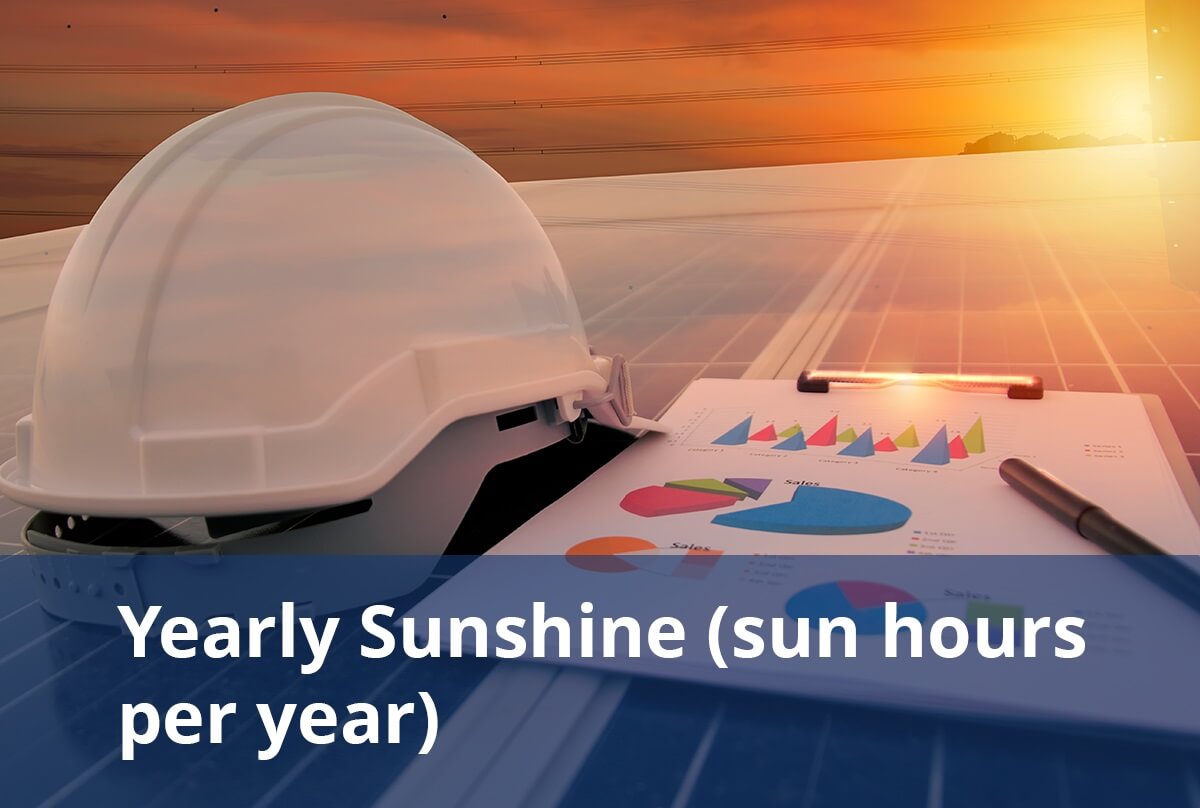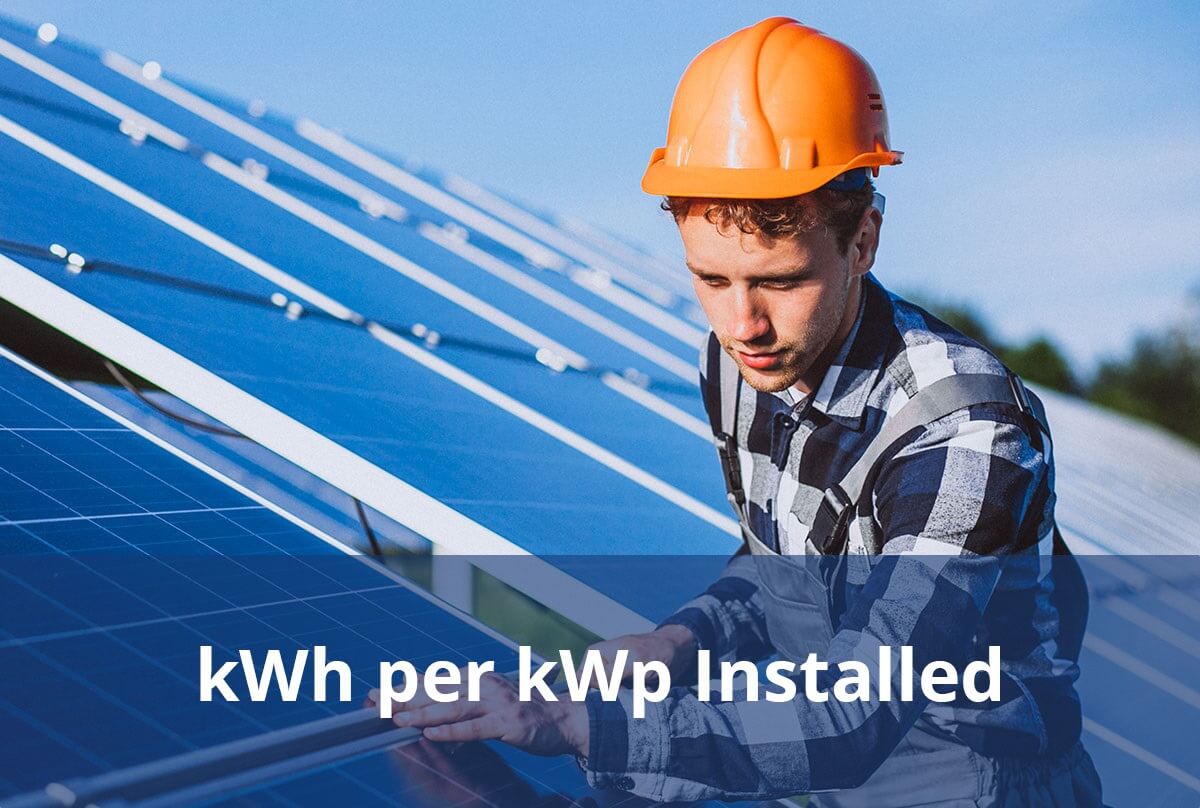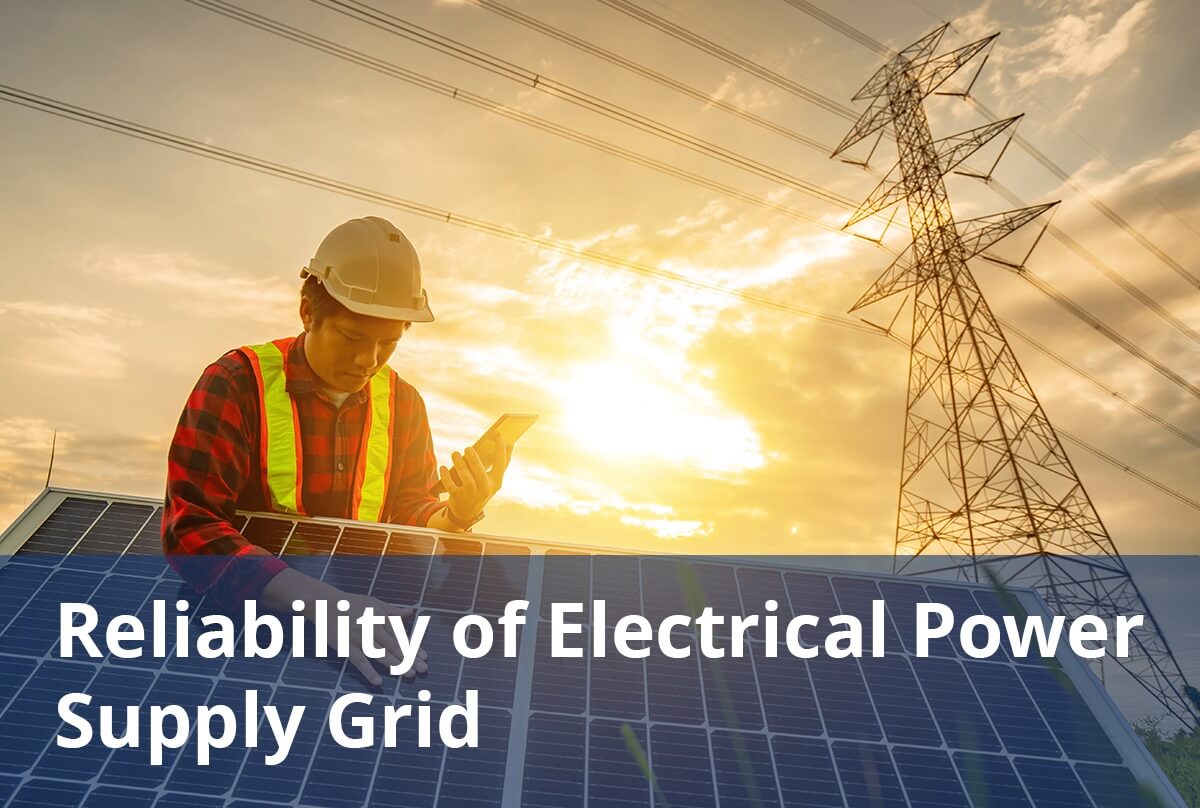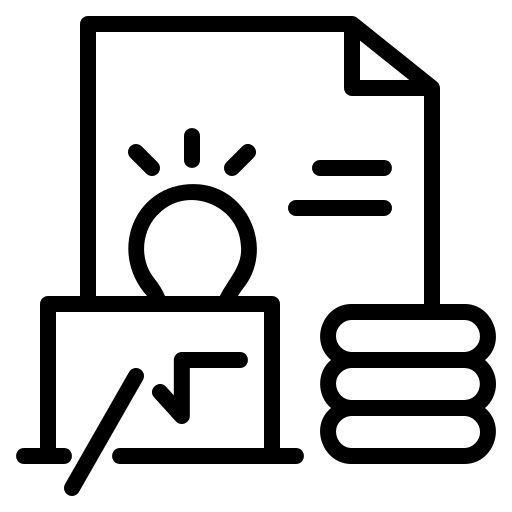Gain comprehensive insights into the statistics and metrics surrounding the solar production industry in Burkina Faso

Sign Up Below to Access Our FREE Solar Module Production E-Course
Burkina Faso Solar Report
Gain comprehensive insights into the statistics and metrics surrounding the solar production industry in Burkina Faso
Key points
Yearly sunshine (sun hours per year)
Burkina Faso receives an average of 3,031 hours of sunlight per year, with approximately 8 hours and 17 minutes of direct sunlight per day. This represents about 69% of the total possible sunlight hours per year (4,383).


kWh per kWp installed
An average annual production of solar PV systems of about 1,670 kWh/kWp/yr is observed in Burkina Faso.
Average cost per kWh from utility company
The price of electricity in Burkina Faso is 0.21 USD/kWh.


Reliability of electrical power supply grid
In a 2019 survey in Burkina Faso, only 15% of the population had a reliable electricity connection that worked most or all of the time. Another 6% had an intermittent connection, while a significant 78% had no access to the electric grid at all.
Detailed Information
Burkina Faso’s installed solar PV capacity reached 177 megawatts (MW), according to the International Renewable Energy Agency (IRENA).
Burkina Faso has vast solar potential, with a maximum capacity of approximately 95.9 GW. While exact solar data is unavailable, the country aims to add around 500 MW of renewable energy capacity by 2025, paving the way for significant solar growth.
No data for individual sources is available. However, the average electricity price in Burkina is 356.92 USD/MWh in 2022.
Power outage times increased in 2018, with an average of 233 hours, up from 172 hours in 2017, representing a 35% rise in outage duration.
The number of residential solar panel installations in Burkina Faso is not precisely documented.
However, by the end of 2021, Burkina Faso had about 62 MW of installed solar capacity, with ongoing efforts to expand this further through various projects funded by international organizations like the World Bank.
Five current Solar Farms and one upcoming solar farm are in pipeline.
Current
Projected
Burkina Faso has significant off-grid potential, with 47% of its population suitable for clean hybrid mini-grids and stand-alone solar systems. The Solar Energy and Access Project (SEAP) aims to:
SEAP will enhance access to solar energy, promote private financing for electricity, and drive economic growth in rural areas.”
Current Demand
Burkina Faso’s on-grid market demand for solar panels is driven by utility-scale projects integrating renewable energy into the national grid. As of 2021, the country has:
Projected Demand
The demand for solar panels in Burkina Faso’s on-grid market is expected to grow significantly due to:
This growth is poised to stimulate additional investments in grid-connected solar projects, driving the country’s transition to renewable energy.
A Solar Photovoltaic Installer working in Burkina Faso will typically earn around $4,242.52 per year, and this can range from the lowest average salary of about $2,162.61 to the highest average salary of $6,528.68.
The current population of Burkina Faso is 23,786,739.
Not available
Here’s a summary of the energy infrastructure in Bangladesh:
Electricity Generation
Transmission & Distribution
Burkina Faso’s National Electricity Company (SONABEL) oversees the generation, transmission, and distribution of electricity. The country’s electricity supply strategy focuses on:
These initiatives aim to improve the reliability, efficiency, and sustainability of Burkina Faso’s electricity supply.
Energy Access
1. Energy Code and Fiscal Incentives
2. Regulatory Framework and Licensing
3. Renewable Energy and Energy Efficiency Agency (ANEREE)
4. VAT Exemption and Quality Standards
These regulations collectively support the production, installation, and promotion of solar panels, ensuring quality control, financial incentives, and structured development within the renewable energy sector in Burkina Faso.
1. Energy Strategy 2019-2023
2. PACAO-BF (2018-2022)
3. Burkina Faso Compact II (2021-2026)
4. Back Up Solaire Project (2019)
5. Public-Private Partnerships and Financial Guarantees
6. Insurance Policies
7. Manufacture and Assembly of Solar Equipment
These initiatives highlight the Burkinabe government’s commitment to supporting the solar energy sector through various financial, structural, and regulatory measures.
8. Project-Specific Support
The Sustainable Energy Fund for Africa (SEFA) approved a US $950,000 grant for the development of the WINDIGA 20 MW Solar PV power plant in Burkina Faso. The SEFA project preparation grant will support outstanding advisory activities required for financial close, including support for the structuring of the Power Purchase Agreement (PPA) for a period of 25 years with SONABEL, the national public utility.
Major Solar Projects in Burkina Faso:
Zagtouli Solar Power Station
Zina Power Project
Kodéni Solar Power Plant
Zina solar field
Off-grid Essakane Solar PV Plant
Nord-Sahel project
Bolgatanga-Ouagadougou project
Upcoming Solar Projects in Burkina Faso
Zano Solar PV Park
Pa Solar PV Park
Note: The information is based on data from Global Data, which tracks and profiles over 170,000 power plants worldwide.
Salgatech
Sahela Solar
Solafarique
Website: www.solafrique.ch
Email: solafrique@yahoo.fr
Oolu
Solar News Related to Burkina Faso

Your First Step In Solar Production
In 2021, the global market size of solar power was valued at 167.83 billion USD, and it is projected to grow from 234.86 billion USD in 2022 to 373.84 billion USD by 2029, exhibiting a CAGR of 6.9% during the forecast period.

Premium Business Plan E-Course:
3 Weeks to a Perfect Solar Module Production Line
Low and High Budget Solar Panel Production Service

Turnkey Services:
We take care of all the planning and services needed for your turnkey solar module production line

Premium Support for Solar Panel Production Line
Solar Power Plant Service
We can help you start your own solar module production company. With our 100% turnkey service, we will deliver the needed machines, do a technology transfer, provide expert and excellent support, and help you with the know-how needed to start even if you don't have any previous experience in this industry.
Session expired
Please log in again. The login page will open in a new tab. After logging in you can close it and return to this page.